Dan Worth has a listen to the £3000 Chord Hugo TT for Hifi Pig.
Hugo TT is a desktop orientated DAC and headphone amplifier following on from the success of the Hugo DAC/headphone amplifier. The new larger desktop-orientated device offers greater connectivity including two USB-B inputs, XLR and RCA outputs and two quarter inch headphone outputs.
Compared to the more mobile Hugo, the Hugo TT has a larger chassis, remote control, and alphanumeric LED display with input/sample rate data. Hugo TT also boasts a mega 10,000,000 microfarads of supercapacitors.
Hugo TT supports up to 32-bit/384kHz audio via coax and USB, and 24-bit/192kHz over optical, plus DSD64 on all inputs and DSD128 via coax or USB (all via DoP).
In a key upgrade over the original Hugo, the Hugo TT benefits from a high-quality asynchronous B-type USB connection for both the SD and HD USB input. With two further digital inputs, a very nice gold BNC, RCA coaxial and optical allows for input switching of multiple connected devices.
Hugo TT also has A2DP Bluetooth capability and uses a custom-made module with the aptX codec to feed a digital signal directly into the DAC circuitry, so even without cables, music can still be enjoyed.
The Hugo TT retains the same Spartan 6 FPGA as Hugo. It has the same specification and measured performance as its mobile sibling.
Being a home-orientated device, the Hugo TT has been designed to run continuously from the supplied charger, however Chord’s engineers have also improved the battery and added Supercap energy storage, a technology seen in F1 where supercacitors back-up the cars batteries by sharing the load and charge demands, thereby protecting them. They serve a similar purpose in the Hugo TT, extending the battery life.
Inputs
– 1x Optical TOSLink 24-bit/192KHz-capable
– 1x BNC coaxial input 32-bit/384kHz -capable
– 1x HD/SD USB B-type input up to 32-bit/384kHz
Outputs
– 1×3.5mm headphone jack
– 2×6.35mm (1/4-inch) headphone jack
– 1x (pair) stereo RCA phono output
– Fully balanced via XLR connectors
Fit and Finish
Releasing the Hugo TT from its double boxed transit packaging enlightened me to consider the more substantial dimensions and weight over the original Hugo. The unit, although considerably larger and heavier didn’t warrant me to consider it completely non-portable. Of course it’s not something which I could place in my pocket connected to a phone or DAP, but it’s definitely something which can accompany a travelling businessman for use with headphones or active monitors.
The build quality is typical Chord and typically exceptional. The first incarnation of Hugo demonstrated a couple flaws, specifically with regards to socket space, which were soon rectified but due to Hugo TT’s design this is not an issue. A well laid out rear panel with very high quality socket array and the front input selection and power buttons available were neat and tidy, although I am not a fan of the top mounted volume control as the position of the unit on my on desk was under the left edge of my monitor making volume adjustments awkward.
There is a remote to Hugo TT, but it’s not something I wanted on my desk as it would just get knocked around and end up finding a small crevice to fall into during working hours. Any current desktop equipment in my own case has it remote placed in a drawer out of the way, but again if I was a travelling the remote would prove indispensable, especially with small active speakers connected.
I was never fond of the previous Hugo’s volume control knob and I am not of the TT, although it’s functional and I can completely understand why Chord use it to keep the sleek lines and portability of the unit to a high standard – I would have preferred a front fascia offering with simple up and down buttons.
The casework of the unit and the quality of materials and finishing is exemplarily, dressed in black or silver the eye catching modernistic design oozes presence and even prestige.
The Sound
For the integration of Hugo TT in my system I decided to use the device in a purely desktop format. Whilst obviously being a headphone amplifier its XLR outputs allowed me to connect my active Focals which sit on shelves above the main desk.
I use Spotify, Tidal and Amarra Symphony for my personal music collection stored on my NAS drive. Initial setup regarding gain levels took a little tweaking, if the Focals on-board gain was too low increasing Hugo TT’s volume too much caused terrible distortion and without any form of numeric display it’s difficult to know where you are with the product. Using too much gain from Hugo TT will decrease battery life, so finding a balance between the Hugo and the Focals was imperative. I suggest to Chord that they have a volume indicator on the onboard display and also an indicator when the unit is say at 0db gain for a pseudo fixed output – or even have a button to drive the outputs direct rather than variable. A fixed output switch would have been a good idea to utilise the unit as a standalone DAC too.
Once I honed in the gain balance between DAC and active speakers music came through with real stability, clarity and crystal clear highs, that sparkled throughout my listening space. Vocals were utterly poised and held strong presence and position in the soundstage. Lower frequencies were tight and explicit, but never to the detriment of balance and focus, giving punchy articulated bass with plenty of detail, extension and flow. I was never a big fan of the Qute range of DACs, but when I first had the opportunity to review and hear the baby Hugo I was astonished at what Chord had developed and the Hugo TT is an outstanding progression of Hugo technology… which also features in some of their latest digital amplifiers, featuring the intelligent FPGA circuit which very few manufacturers have really been able to implement so competently.
For me Hugo and Hugo TT have an accurate, controlled and poised presentation which is clean and clear, but their specialty is to take all of these attributes and present them with undeniable attention to music, filling each note and frequency with all of its undertones and fullness; something that the Qute range of DACs for me didn’t achieve.
Using Hugo TT as a Headamp
Adding my pair of AT-2000X’s to the Hugo TT I first needed to switch the Focals off as the line outputs do not shut down when headphones are added. I played ‘Kissing’ by Bliss first and was greeted by a soundstage which was very large and filled with harmonics. Notes floated ambiently with focused vocals in a space outside of my head. It’s very rare I’d ever describe a headphone setup in this way, I have heard many high-end rigs and still they never tick that box for me and often I hear people state ‘it sounds like having speakers in front of you’ but my own reality never suggests this. The Hugo TT still doesn’t sound like a pair of speakers at the front of the room, but it has an exquisite range of tones that confidently breach the boundaries of my head giving a soundstage which is vast and wide in a 360 degree manner, with clear definition of spatial awareness, dynamics and pure and concise details.
Another aspect which the Hugo TT really excels on is pace; Nils Lofgren’s complex string work on his acoustic guitar starts and stops with utter precision, inflecting reverbs and acoustical awareness convincingly, while decays have their own ambient effect as another layer to the speedy musicians playfulness. I love how much clarity and control upper mids and the top end has, without ever over stepping the mark and becoming hard. The balance the Hugo TT has from top to bottom is fantastic, it can produce pin point accuracy and also subtleties with sublime interest and also fill out notes for a more realist appeal, conveying more natural presence and appeal.
‘I Can Explain’ by Rachelle Farell is a track I often use during my review process and I urge any potential TT listener to try this piece of music to assess tonality, dynamic control and subtlety of notes. This particular piece of music made me sit up and really accept how exceptional Hugo TT really was. It’s not a busy piece of music, but with Rachelle’s record breaking vocal, the tonality of piano and the natural dynamics displayed by her vocal range and which the TT accurately portrays where many systems struggle to present so pleasingly; I knew immediately that this piece of equipment is something of a marvel.
Chord are renowned for electronics which can produce a beat; Electronica and dance music is always a strong point for their designs and the TT can nail these parameters too. I listened to some Tidal club playlists and various other electronic music and to the flip side of the subtle and rich tones, TT hits notes as low as the human ear can possibly perceive and punches a beat that will have you up and out of your chair with the only moment of reality being when the headphone jack pulls out of the Hugo’s chassis and you double check to make sure nobody saw you looking like a fool!
A real sense of realism is a term I would apply to Hugo TT. I don’t find colouration in the sound per se, but its texture is a bit more sprightly than neutral. It deserves a great set of headphones to be partnered with and I’m sure I’d be able to get further improvements by upgrading to a more expensive pair of headphones, but I do like the ATs and they are a terrific tool for use in reviews being so transparent and articulate.
Conclusion
All in all the intelligent FPGA circuitry used in the Hugo template has been a true revelation to intimate headphone listening and amplifier/speaker combinations fuelled by Chord’s electronics. I admit I was never favourable about the Qute range of DACs, but Chord have struck back hard, not with a product range that simply addresses previous errors and surpasses past DACs but have become true class leading products. Whether the budget can reach for a Hugo TT at £3000 or the original Hugo £1400, rest assured that Hugo will undoubtedly impress! I highly recommend it!
Pros:
Upmost attention to detail and micro details
Filled out balanced, dynamic and natural sound
Exciting yet subtle
Feature rich
Finished with excellence
Cons:
Volume indication and integration could be clearer
Price: £3000
Dan Worth












































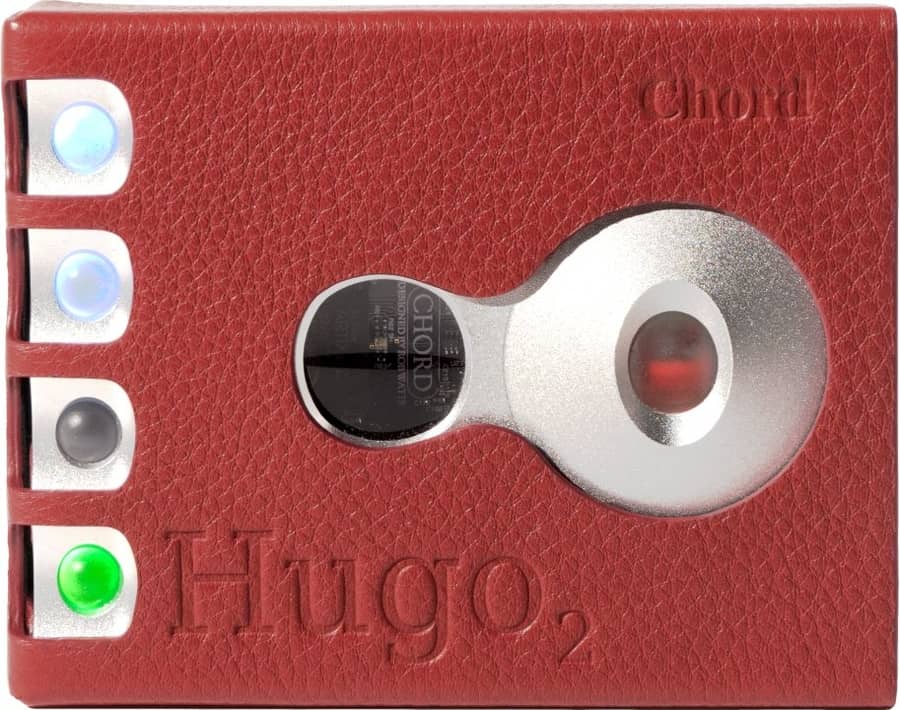

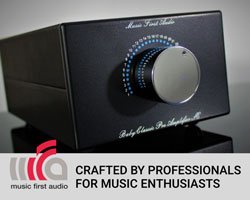
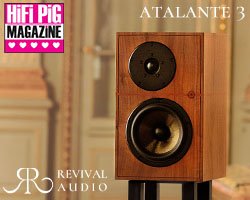

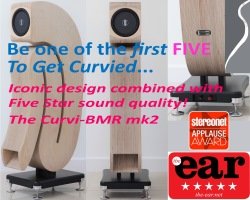




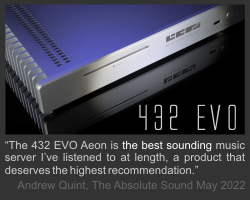



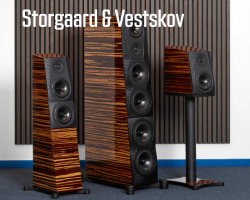

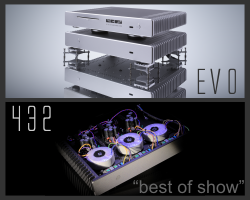



















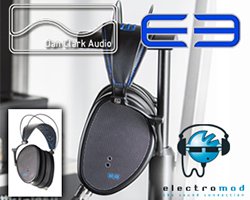

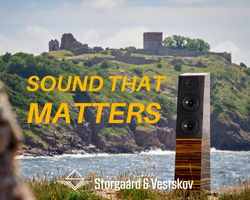





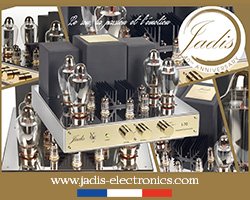





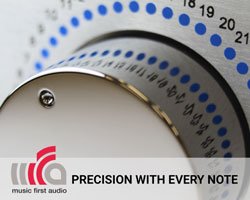




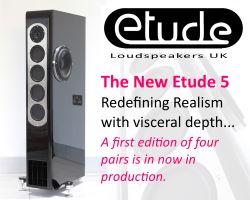



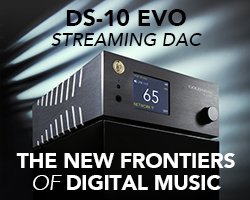













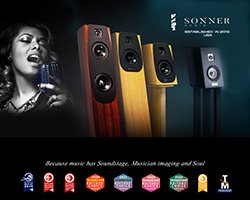


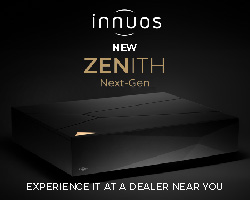


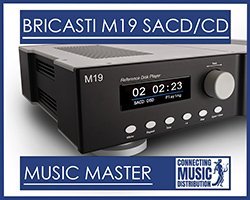













































You must be logged in to leave a reply.